Buying a Motorhome and what to look for.
Motorhomes have been around for almost as long as the motorcar. As soon as mechanised transport was up and running, people started to find ways to incorporate it into their leisure time and holiday plans.
Generally speaking, over the last 100+ years very little has changed for the coachbuilt motorhome or motorcaravan. The basic structure is still built using a framework (often wood but more recently aluminium extrusions) and then clad externally with either aluminium or glass reinforced plastic (GRP) panels. The interior is insulated and then clad with interior wall board. Some newer models use plastic mouldings internally now too.

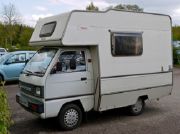
There are some exceptions to this and those are models created with either a monocoque structure or sandwich panels.
Monocoque
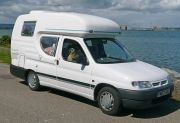
These motorhomes are made from a single GRP moulding, much in the way that a fibreglass dinghy is created. A large mould is created then the various components for the GRP are layered in and bonded. The end result is a very rigid, joint-free structure that will, hopefully, not suffer from water ingress for many many years.
Auto-Sleepers and Romahome are two proponents of this method. Although Auto-Sleepers moved away from their icon monocoque designs in the 1990s, they have actually just released a new one to celebrate their 50 th anniversary. Romahome (from the Isle of Wight ) still produce monocoque motorhomes and are world renowned for their durability.
Models by both these convertors still command a premium, even very early ‘vans.
Sandwich Construction
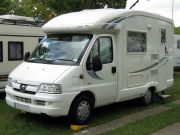
Many modern motorhome builders use this method. It superseded the more traditional method mentioned at the top of this section. The living quarters of the motorhome is built using prefabricated panels that are already bonded together – external panel, insulation and inner trim panel, layered like a sandwich.
Does it matter what construction method was used?
Yes! It is wise to know what sort of construction method has been used on any motorhome you are looking at. Knowing this will help you look in the most important places for damp and/or damage.
Be very aware that damp is your biggest enemy when looking at coachbuilt motorhomes. It can creep in through the smallest crack in a joint and then work its way through the whole structure unless you are vigilant. In a traditional, wooden framed motorhome this can lead to a severe lack of structural integrity which may not be obvious until something goes drastically wrong. Wood draws water along itself, as a tree does. This capilliary action can spread the water across large areas of your wooden framed motorhome from the smallest joint failure or puncture or failed seal on a window or rooflight, in no time at all.
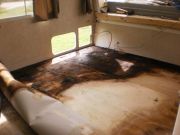

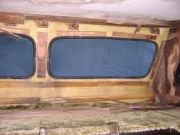
Repairing damp is a long and time consuming (read expensive) exercise, so avoid it at all costs.
The places to check in ALL coachbuilt motorhomes are around the windows/rooflights, in the upper lockers and at any joining point of the internal structure.
With regards to monocoque shells you will hopefully only need to check the window/rooflight apertures as there should not be any other joints to allow the water in. However, check the outer shell for crazing. Some mild crazing that can be seen on the glazed surface is nothing to worry about but if you can physically feel deep cracks with your finger tips then check the internal area that corresponds to the crazing. Also, remember that the structural strength in a monocoque motorhome is from the shell itself. If there are large cracks or windows/doors do not appear square WALK AWAY.
With sandwich construction there is no wooden frame to worry about and the bonded panels are pretty resilient. Check all openings – windows, doors, rooflights – for any sign of water ingress.
Dealers will check a vehicle before taking it as a trade-in or putting it on their forecourt but some private sellers may not have this facility (or level of honesty), so it might be worth getting a cheap damp meter from eBay or your local caravan supplier.
Or you can use your own inbuilt meter! Does it smell damp? Is there any mold or staining on any of the internal walls? Does the internal wallboard feel solid in the areas listed?
Damp really is a motorhome killer, so be very sure it is either dry or has been treated and repaired properly. If in doubt, WALK AWAY.
Karry on Kampers check all our vehicles for damp and will provide any buyer with a certificate verifying this. We can also offer this service if you need a certificate for your insurance.
